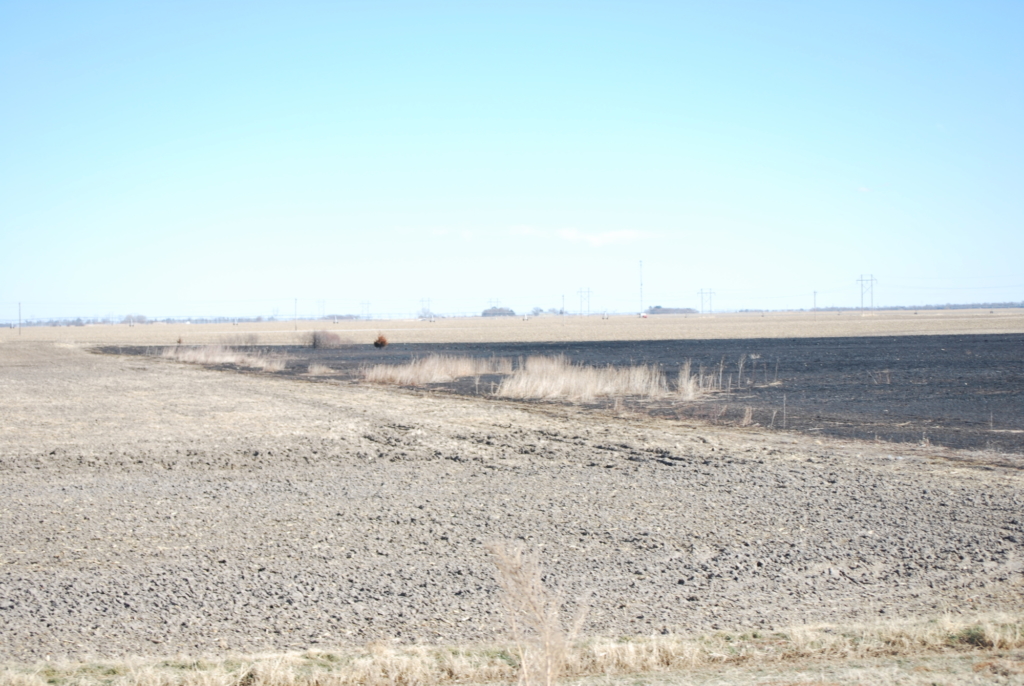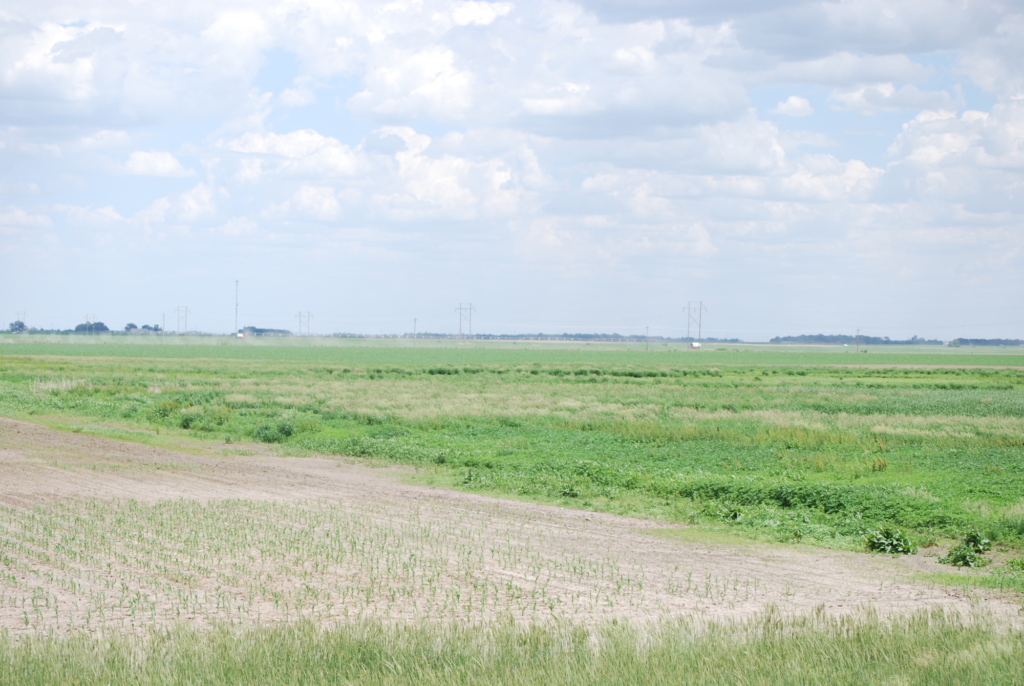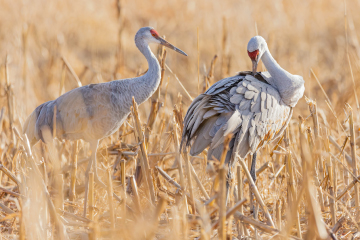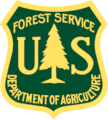Prescribed Fire in the Rainwater Basin
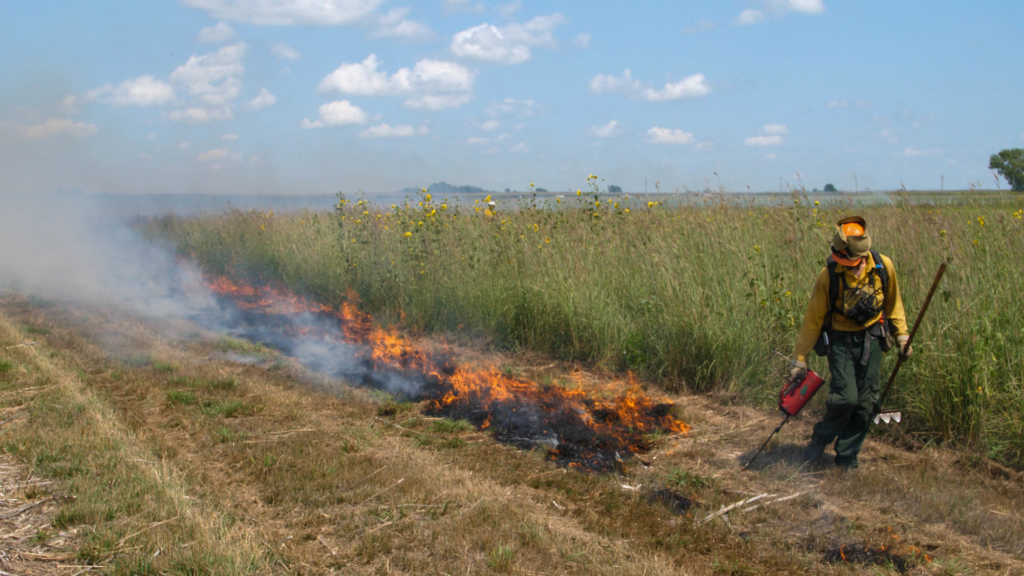
The Rainwater Basin Joint Venture (RWBJV) contracted out 3,805ac to be burned over 30 different properties in the Rainwater Basin. The properties include Waterfowl Production Areas (federal), Wildlife Management Areas (state), NRCS conservation easements, and other private lands. The Rainwater Basin (RWB) provides habitat for millions of migratory waterfowl, shorebirds, and other wildlife each year. Some 8.6 million geese and ducks stop over in the RWB from late February through March on the way to their breeding grounds; shorebirds follow from mid-April through mid-May.
Northbound birds need energy in the form of fat reserves to help complete their migration and to survive and reproduce on their breeding grounds. Tons of waste grain in the Rainwater Basin’s corn fields provide ample calories; however, waterfowl also need nutrients provided by wetland plants; they also need relatively secluded wetlands where they can roost without excessive disturbances. Shorebirds and other birds migrating through the region rely on invertebrates found in healthy wetlands and uplands.
Each property on the burning list contains a RWB wetland. On each of the properties, fire is being put on the ground to assist in the management of reed canarygrass, cattails, bulrush, smooth brome, and trees. Burning works best when combined with another wetland management technique (grazing, spraying, etc.) to enhance wetland and upland wildlife habitat. Spring burning (prior to mid-May) removes the litter layer (dead vegetation from previous years) and stresses actively growing plants. Many undesirable plant species are cool-season species that managers are trying to set back in order to promote later-growing, much more desirable warm-season vegetation. Grazing the cool-season grasses that emerge immediately following a spring burn can really boost the growth of warm-season species. Winter and fall burning removes the litter layer and prepares the site for a spring herbicide treatment.
Prescribed fire can be effective at killing smaller trees (deciduous trees less than 18” tall and coniferous trees less than 24” tall) and may be effective at killing larger trees depending on the temperature of the fire. Several of the properties scheduled for burning this spring have had mechanical tree removal completed on them in the past. Small saplings are resprouting. Periodic burning can keep the growing points of these young trees near ground level and greatly increase the interval of time that passes before mechanical tree removal must be completed again.
Last year, there were extremely challenging conditions that considerably limited the amount of burning possible. Dry conditions and wildfires in the state made it difficult to obtain fire permits. Abnormally windy weather made it difficult to find days where the burn could be safely conducted within prescription. But many parts of the Rainwater Basin did receive more moisture this winter. Snow/moisture actually prevented prescribed fires from occurring during the late winter and early spring months. This leaves contractors with a very short window to burn as many acres as possible throughout the rest of April and into May. However the results will be well worth it for both wildlife and agricultural producers relying on wetlands for forage.
